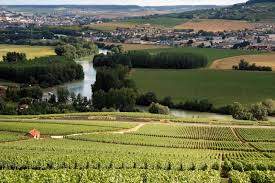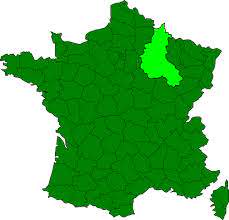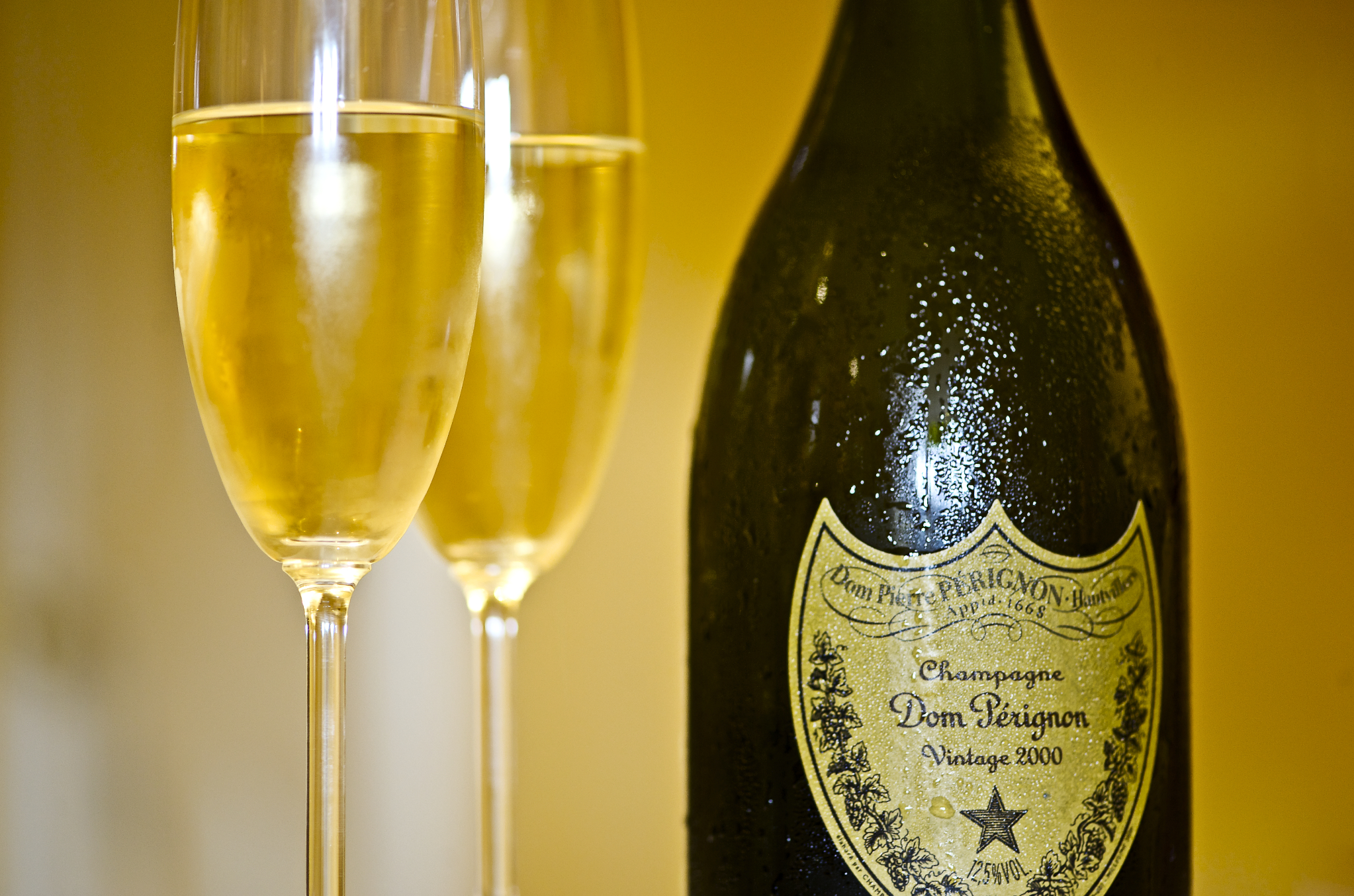The holidays are a time for celebration. For many, these celebrations wouldn’t be the same without glasses of Champagne, But which Champagnes should we reach for when bottles of bubbly abound?
Champagne Region

Sparkling wine can only be identified as “Champagne” when it comes from the Champagne wine region in the northeast of France and is made according to strict Methode Champenoise (secondary fermentation and lees aging within the bottle).
Wine has been produced in the Champagne region since 496 A.D. by monks in monasteries, used in the consecration of the first king of France in Reims Cathedral. Its effervescence has only been fully appreciated since about the late 1600s. Before that time winemakers were appalled to find fizz within their bottles, an unintended consequence of incomplete fermentation brought on by early frosts, followed by a secondary fermentation when temperatures climbed in the spring.


Although they come from the same region, Champagnes can vary significantly. Vintage Champagnes are made with grapes from a single year’s harvest and will have that year displayed on the bottle. Representing less than 5 percent of all production, they are typically produced only three or four times in a decade and reveal the highest expression of the particular producer.
Vintage Champagnes can include any of the top three grapes featured in Champagne — Chardonnay, Pinot Noir, or Pinot Meunier— but must be aged for a minimum of three years in the bottle, as opposed to 15 months for non-vintage versions
Vintage Champagnes can include any of the top three grapes featured in Champagne — Chardonnay, Pinot Noir, or Pinot Meunier— but must be aged for a minimum of three years in the bottle, as opposed to 15 months for non-vintage versions.
While vintage Champagnes are celebrated for their uniqueness, non-vintages are valued for familiarity, often highlighting a label’s flagship tastes and aromas. Each Champagne maker has a house style, Some houses are Pinot Noir-focused and are richer and bolder. Others specialize in Chardonnay grapes, which make the Champagne more elegant and brighter.
If you like a house’s style, you’ll like them across the spectrum — from non-vintage all the way through to vintage.

Suggestions
Vintage Champagnes that are distinctive: recommended for a very festive occasion priced from $75 – $150:
- Billecart Salmon Cuvee Louis
- Bollinger La Grande Annee
- Dom Perignon
- Henriot Brut Millesime
- Louis Roederer “Crystal”
- Moèt Chandon Grand Vintage
- Piper Heidsieck
- Pol Roger Brut
- Taittinger Comtes de Champagne
- Veuve Cliquot La Grand Dame
Great Non Vintage Champagnes, noted for their consistency and priced from $50 – $80:
- Charles Heidsieck Brut Reserve, NV
- Delamotte Brut, NV
- Pol Roger Réserve Brut, NV
- Louis Roederer Brut Premier, NV
- Ruinart Blanc de Blancs, NV
- Veuve Cliquot Brut, NV
- Taittinger Brut Reserve, NV

Champagnes are labeled from driest (1) to sweetest (5) in the following manner:
- Extra Brut –driest
- Brut
- Extra Dry
- Dry
- Sec – sweetest
Grapes in the blend can be identified on the label accordingly:
Blanc de Blancs = Chardonnay only (more acidic)
Blanc de Noir = Red grapes only (Pinot Noir and/or Pinot Meunier (less acidic)

